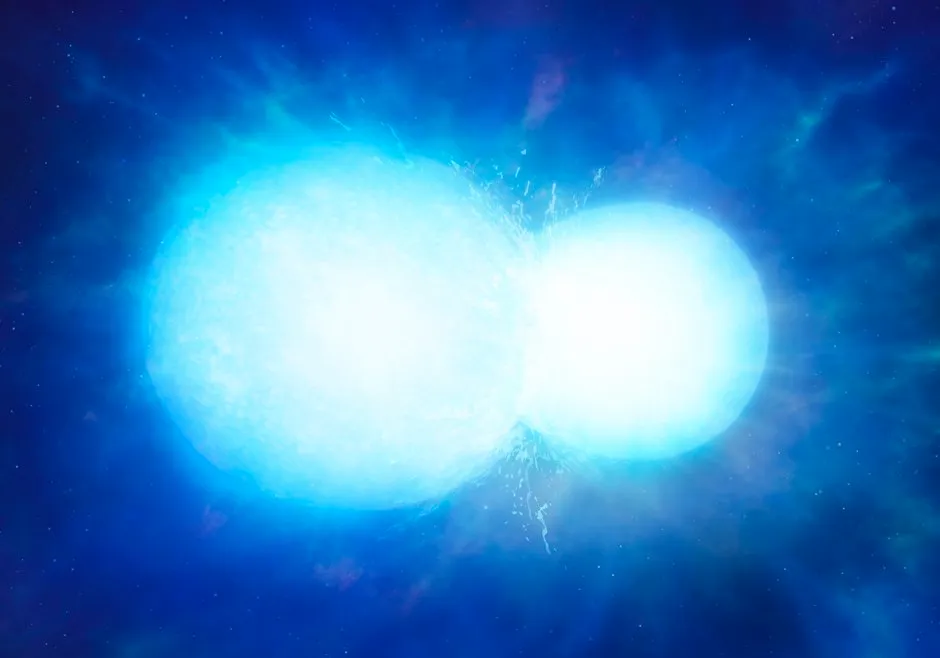- A white dwarf has been discovered with an atmosphere unusually high in carbon.
- Astronomers believe this star was the result of two white dwarfs merging 1.3 billion years ago.
- Surprisingly, it didn't explode as a supernova.
An ultra-massive white dwarf star with “unusually high” levels of carbon in its atmosphere has been discovered by astronomers.
Researchers believe this star, which is slightly heavier than the Sun, was formed when two white dwarfs merged around 1.3 billion years ago and failed to explode as a supernova.They say the findings, published in the journal Nature Astronomy, reveal an atmospheric composition never seen before by astronomers.
Lead author Dr Mark Hollands, from the University of Warwick’s department of physics, said: “We have a composition that we can’t explain through normal stellar evolution.”He added: “The only way you can explain it is if it was formed through a merger of two white dwarfs.”

White dwarfs are the remnants of stars that have burnt out all their fuel and shed their outer layers.
Called WDJ0551+4135, this star was discovered while astronomers were going through survey data from the European Space Agency’s Gaia telescope that was launched into space in 2013.The team then used the William Herschel Telescope located in the Canary Islands to analyse the light emitted by the white dwarf and identify its chemical composition.
They found the star’s atmosphere had an unusually high level of carbon.
Dr Hollands said: “This star stood out as something we had never seen before. You might expect to see an outer layer of hydrogen, sometimes mixed with helium, or just a mix of helium and carbon.
“You don’t expect to see this combination of hydrogen and carbon at the same time as there should be a thick layer of helium in between that prohibits that. When we looked at it, it didn’t make any sense.”
Read more about stars:
While most white dwarfs are around 0.6 times the mass of our Sun, the astronomers found this one to have 1.14 solar masses, despite being only about two-thirds the size of the Earth.Based on its orbit around the Milky Way, astronomers believe the star is older than it looks.
Dr Hollands added: “Maybe the most exciting aspect of this star is that it must have just about failed to explode as a supernova – these gargantuan explosions are really important in mapping the structure of the Universe, as they can be detected out to very large distances.
“However, there remains much uncertainty about what kind of stellar systems make it to the supernova stage. Strange as it may sound, measuring the properties of this ‘failed’ supernova, and future lookalikes, is telling us a lot about the pathways to thermonuclear self-annihilation.”
Reader Q&A: Why do white dwarfs take so long to cool?
Asked by: Tony Hersh, Newbury
The rate at which energy is radiated by a star (including white dwarfs) is proportional to the fourth power of its temperature as well as its total surface area.
The more surface area it has the more energy it can dissipate in a given time for a given temperature. Since white dwarfs are very small (similar in size to the Earth), they are very inefficient radiators and consequently cool very slowly.
Furthermore, as a white dwarf cools its surface temperature decreases which further slows the rate of cooling. This means that white dwarfs will stay warm for many billions of years. In fact, they cool so slowly that the Universe isn’t old enough to contain any that have cooled off completely, becoming ‘black dwarfs’.
By studying the rate of cooling and distribution of temperatures in white dwarfs astronomers have been able to determine the age of the Milky Way galaxy.
Read more: